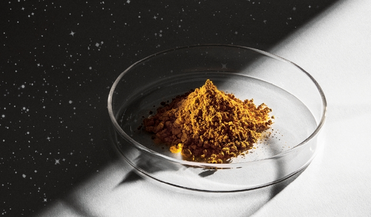 January 2023
Producing food in space
January 2023
Producing food in space
... needs for a crew of four astronauts, while using the resources available onboard the spacecraft – waste gases CO2 and H2. Practically all of the water needed can be recycled. When it comes to LEO missions, a solution like this...
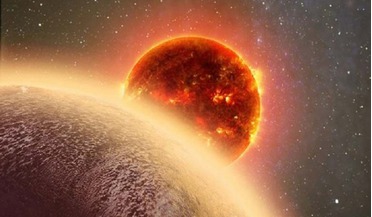 02 March 2016
Using MUSCLES to test for life on other planets
02 March 2016
Using MUSCLES to test for life on other planets
... first abiotic method identified to produce this result is when a star's ultraviolet (UV) light splits apart carbon dioxide (CO2) molecules, freeing some of the oxygen atoms to form into O2, the kind of oxygen present in Earth's atmosphere. Because...
 10 January 2018
Possible recipe for life on early Earth
10 January 2018
Possible recipe for life on early Earth
... transport and the storage of nutrients. As they ran their reactions, Krishnamurthy and team found that in addition to CO2, the chemistry also produced these much needed amino acids. The researchers think that as biological molecules...
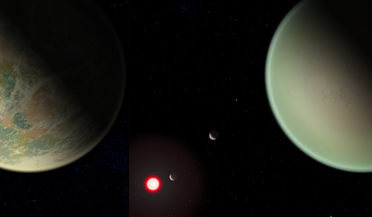 08 January 2020
New technique on finding oxygen could help find alien life
08 January 2020
New technique on finding oxygen could help find alien life
... life as we know it. On Earth organisms such as algae, plants and trees convert molecules such as carbon dioxide (CO2) into oxygen (O2) – molecular oxygen, O2, and atomic oxygen, O, are both referred to as oxygen – in a process called photosynthesis...
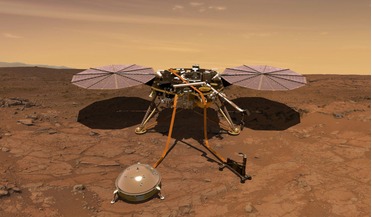 24 February 2020
First results from InSight reveal a seismically active Mars
24 February 2020
First results from InSight reveal a seismically active Mars
... amount of moist convection circulating the planet. Also unlike Earth, the atmosphere’s main component, carbon dioxide (CO2), preferentially condenses on the Martian polar regions and in the middle atmosphere. Overall, the data gleaned so far...
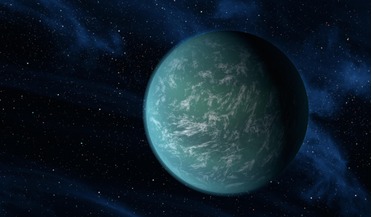 04 May 2020
Exoplanets with hydrogen-rich atmospheres could harbour life
04 May 2020
Exoplanets with hydrogen-rich atmospheres could harbour life
... astronomers use to identify molecules, especially planetary atmospheric ones such as methane, carbon monoxide (CO), and carbon dioxide (CO2). With the aid of JWST and ground-based spectrometers and given the tenacity of both a simple cellular...